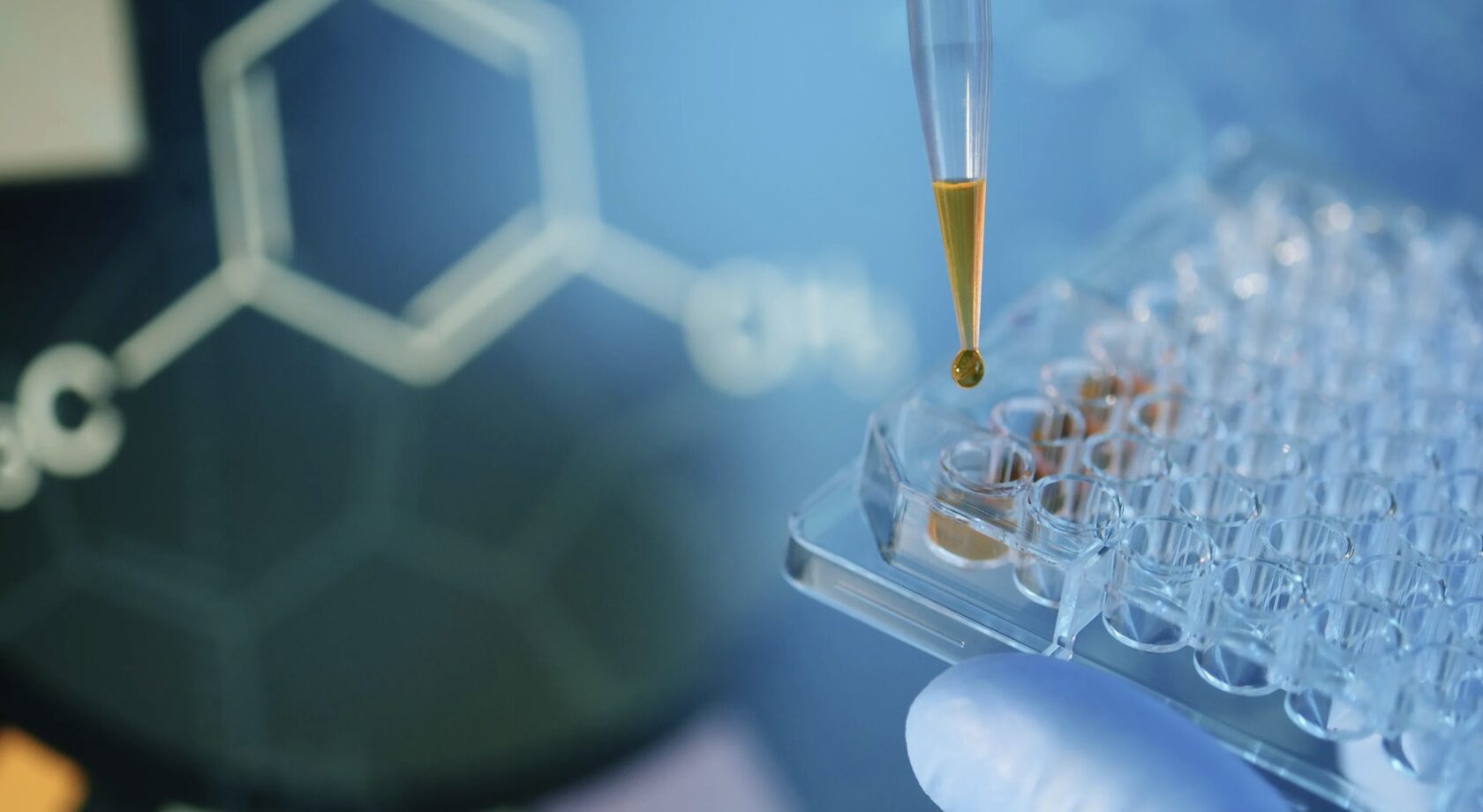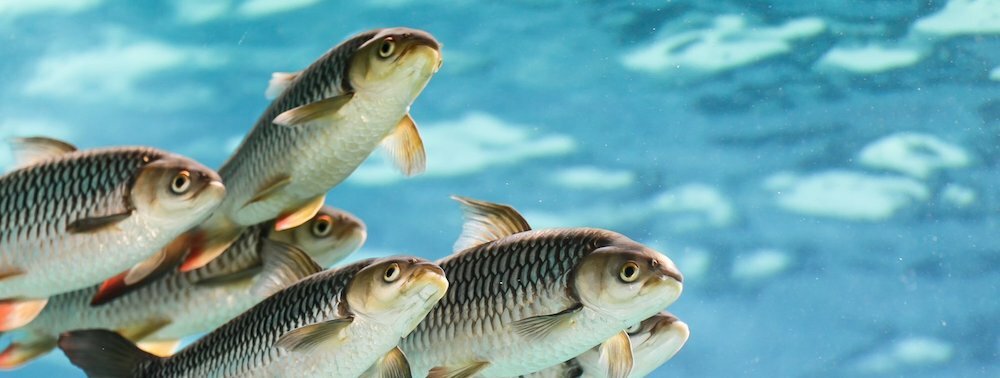Fishmeal is an important component of animal feed used in animal farming, poultry farming and aquaculture. It is a source of essential amino acids, lipids, calcium and phosphorus. Traditionally, fishmeal is considered a valuable source of high-grade protein, which is absorbed at the level of 93– 95%. However, this product has several drawbacks, such as high cost, increased risk of falsification, and unstable prices.
Of all the indicators, the most interesting is the content of crude protein in fishmeal, which significantly affects the basic cost of the product. In this case, "crude protein" is calculated by multiplying the total nitrogen content by an empirical coefficient. However, in practical application, its value becomes highly dependent on various factors. The origin of total nitrogen actually has no bearing on laboratory analysis. This stimulates unscrupulous fishmeal producers to adulterate their product in various ways, including adding urea, meat meal (including poultry and feather meal), yeast, oilseed meal, tannery waste, and even ammonium sulfate. Unethical producers manipulate the product by adding inexpensive components to achieve the desired levels of crude protein, calcium, and phosphorus. This practice undermines the product's quality, particularly regarding the amino acid profile, the presence and proportion of essential amino acids, and their bioavailability. Therefore, in addition to determining the crude protein content of a product, it is necessary to evaluate it for the amount and availability of amino acids.
In addition to its high cost and potential risk of falsification, fishmeal has the following disadvantages: a tendency to go rancid, the possibility of developing molds and bacteria, and the presence of harmful and anti-nutritive substances.
Modern animal and poultry farming face a significant issue with an overall protein deficiency in feed, currently exceeding thirty million tons. This problem affects food security, requiring innovative approaches to the production of protein feed additives.
Biotechnologies offer significant potential for solving this problem. Modern achievements in this area open the way to the production of protein for animal feed from non-traditional sources of raw materials. This may include using microorganisms, plants, or other biological systems to synthesize protein, providing stable and high-quality nutrition for animals.
The use of biotechnology in the production of protein for feed also contributes to increasing the efficiency of resource use, reducing environmental impact and sustainable agricultural development. This method not only decreases reliance on regular protein sources like fishmeal but also stimulates the industry and offers a lasting solution to protein scarcity in feed. This contributes to a flourishing agricultural sector and reinforces food security.
Modern animal and poultry farming face a significant issue with an overall protein deficiency in feed, currently exceeding thirty million tons. This problem affects food security, requiring innovative approaches to the production of protein feed additives.
Biotechnologies offer significant potential for solving this problem. Modern achievements in this area open the way to the production of protein for animal feed from non-traditional sources of raw materials. This may include using microorganisms, plants, or other biological systems to synthesize protein, providing stable and high-quality nutrition for animals.
The use of biotechnology in the production of protein for feed also contributes to increasing the efficiency of resource use, reducing environmental impact and sustainable agricultural development. This method not only decreases reliance on regular protein sources like fishmeal but also stimulates the industry and offers a lasting solution to protein scarcity in feed. This contributes to a flourishing agricultural sector and reinforces food security.
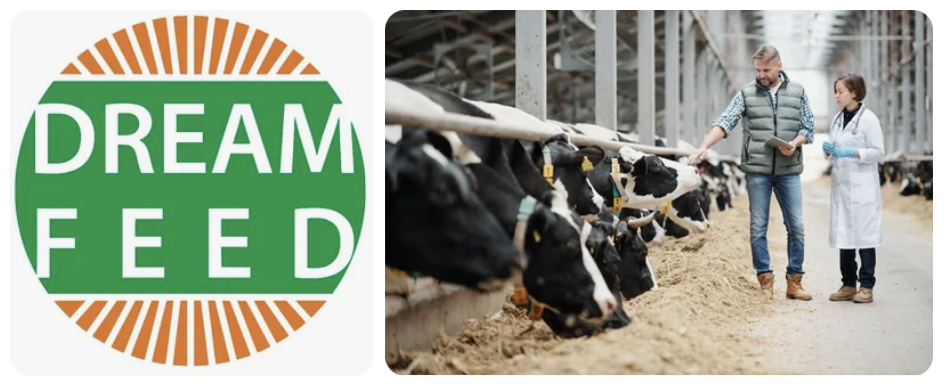
Giprobiosintez offers an innovative alternative to fishmeal in the form of the feed additive DREAMFEED®. This product is designed to balance and enrich diets in animal and poultry farming, as well as aquaculture. DREAMFEED ® is a protein concentrate obtained by processing natural gas with Methylococcus capsulatus microorganisms, a strain of GBS-15. This innovative product is not only a source of high-quality protein, but also improves the digestion, growth and development of animals.
The table below shows the results of a comparative analysis of the chemical composition of fishmeal and DREAMFEED® feed additive.
According to the data presented, gaprin significantly exceeds fishmeal in terms of protein, peptides, polypeptides, low molecular weight protein, essential amino acids (lysine, threonine, tryptophan, leucine), B vitamins (B1, B2, B5, B6, B12), as well as in terms of metabolic energy.
Gaprin has features that contribute to its safety as a product, minimizing the potential risks associated with the use of adulterants like fishmeal. It is non-toxic, does not have carcinogenic and cumulative properties, which significantly reduces the likelihood of negative consequences when used in feed for productive animals. In addition, gaprin is enriched with microelements such as iron (Fe), manganese (Mn), zinc (Zn), and cobalt (Co). This further improves its nutritional characteristics and has a positive effect on animal health and development.
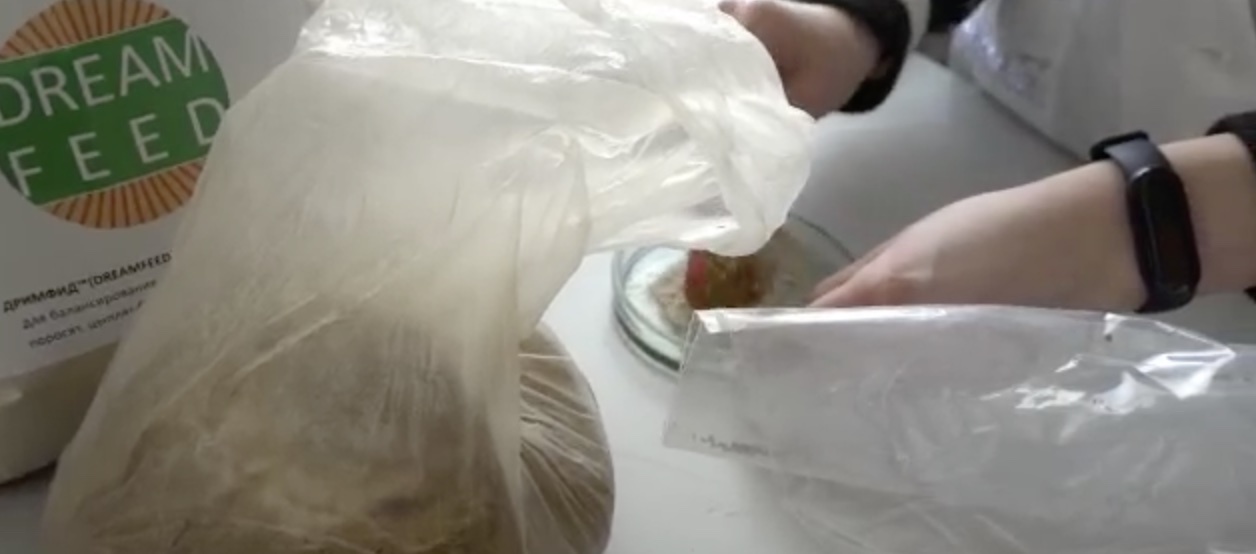
Unlike fishmeal, gaprin has the following benefits:
- optimal amino acid and vitamin composition;
- safe for humans and animals;
- environmentally friendly waste product of microorganisms;
- easy to use, store and transport;
- water resources not required;
- continuous and scalable technology.
The effectiveness of DREAMFEED ® feeds has been confirmed by numerous studies. As an example, the results of comparing the use of gaprin and fishmeal in aquaculture feeds are presented below.




